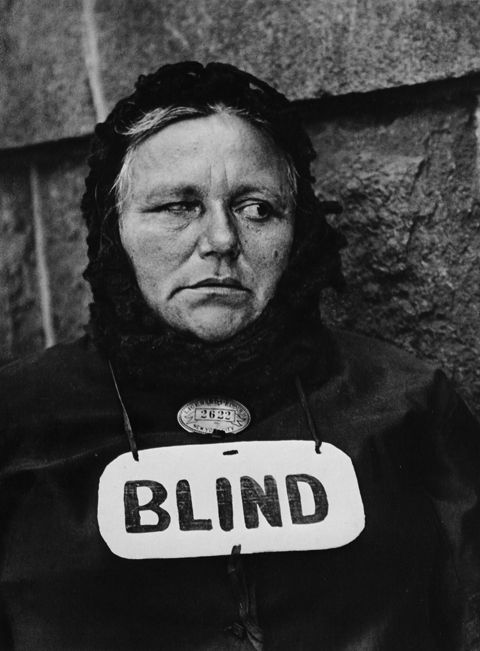Photographer of the week 06: Avedon
Tags:
Richard Avedon
Born in New York on may 15, 1923 of russian-jewish immigrant parents. He attended Dewitt Clinton high school in the Bronx, but never completed an academic education. In 1940, at age 17, Avedon dropped out of high school and joined the Merchant Marine’s photographic section, taking personnel identification photos. Later, he went on several missions to photograph shipwrecks. Upon his return in 1944, he found a job as a photographer in a department store. Initially, Avedon made his living primarily through work in advertising. As a staff photographer for Harper’s bazaar and later for Vogue, Avedon became well known for his stylistically innovative fashion work, often set in vivid and surprising locales.
“if a day goes by without my doing something related to photography, it’s as though I’ve neglected something essential to my existence, as though I had forgotten to wake up.” he said in 1970.

Look at his portraits under: Archive




